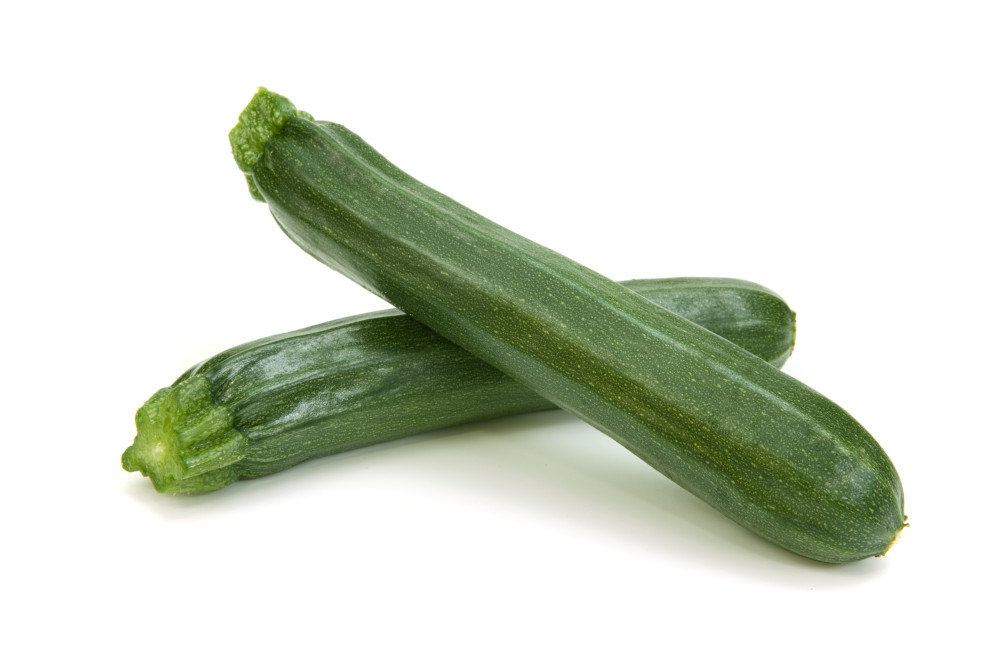Squash, Zucchini

Availability:
| J | F | M | A | M | J | J | A | S | O | N | D |
Description:
Zucchini squash are summer squash, which are are the young fruit of Cucurbita pepo and members of the Cucurbitaceae family. They are a variety of marrow squash that resembles a large cucumber. Cantaloupe and cucumber also share in that family tree and are Cucurbits.
There are two “types” of squash: summer squash and winter squash. What is the difference? The short answer is, a winter squash is a squash that’s allowed to fully mature. The seeds fully mature and become hard, the skin becomes a lot thicker, and the flesh is dense–and these squashes typically (but not always) need to be cooked before you eat them.
Summer squash are a little different. The seeds and skin are soft and fully edible. They are sometimes referred to as “soft shell squash” and as such, can be cooked or eaten raw. The entire squash is edible, versus the winter squash’s hard seeds and shell that needs to be removed. The most common summer squash are yellow squash and zucchini.
One of their advantages is they are entirely edible. Zucchini can be roasted, pureed, grilled, or spiralized into spaghetti-like strands in place of pasta noodles. As plant-based cuisine becomes more popular, you will find zucchini to be an inexpensive center-of-the-plate option.
They are a non-starchy vegetable with few diet restrictions.
Recommended Storage
The recommended storage temperature is 40-50°F. Summer squash are chill sensitive and don’t like it too cold, in fact they’ll start showing pitting and dulling of color if they get too cold.
Summer squash are ethylene sensitive, so take care to keep them away from ethylene producing produce. You want to keep them covered, as they are susceptible to dehydration. Their soft shell also makes them extremely perishable and they need to be handled with care to avoid damage, which would also shorten their shelf-life. We recommend you store them in the middle part of your cooler. The temperature fluctuates from the front to the back of the cooler due to the location of the cooling unit and frequency of the door being opened. Download our PDF for more cooler storage hints.
Check out what’s going on this week. For our latest market update, please see The FreshPress.
You can also click here to be notified when we post fresh new videos.


